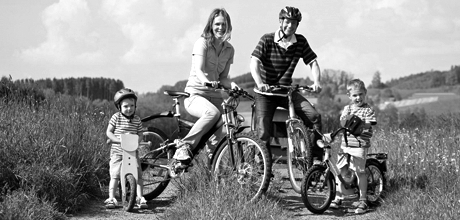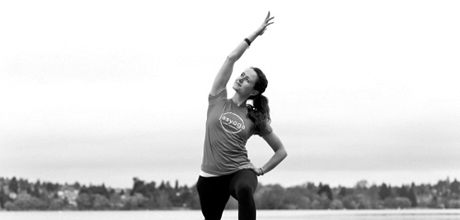
A number of recent studies show that a large number of children in the UK are not receiving enough daily activity, with only 1 in 3 kids being physically active every day. As technology develops and becomes more widespread, children are spending more time looking at screens, and less time moving their bodies.
Exercise has multiple benefits for children. Not only does it help them develop strong muscles and bones, maintain a healthy weight and decrease the risk of diseases like type 2 diabetes, but it aids mental developmental and health, increasing motivation, focus and learning.
Encouraging your child to be active and love exercise will set them up for life, equipping them with the skills and confidence necessary to stay active and healthy.
Here are just a few ways in which you can inspire your children to be active from a young age:
Provide active toys
A good way to get kids moving when they are young is to provide fun, active toys they can play with. This could be something as simple as a ball, although there are plenty of options to choose from. Not only will this get them moving and having fun, but it will help them develop motor skills, hand-eye coordination and other vital abilities.
Lead by example
It has been shown that children who regularly see their parents enjoying sports and physical activity are more likely to do so themselves. If you treat your body with respect, your children will notice this and work to imitate you. Stay active yourself, and you’ll provide your children with a positive role-model, influencing what they see as normal and healthy.
Play with your child and exercise as a family
Inspire your child to be active by taking the time to play with them and exercise as a family. Make activity enjoyable by taking them for a bike ride or walk in the park – add some fun with a little game or challenge. The opportunities are endless if you use your imagination. Make exercise and games a regular part of the week, and it will effortlessly become a habit for them.
Turn off the TV
Limit TV time and computer use. The general recommendation is no more than 1 to 2 hours of total screen time a day, including TV, videos, computers, and video games. Screens are not all bad and they have a time and a place, but they shouldn’t be used all the time. Free time can then be used for more physical activities.
Allow them to try different sports and activities
One of the best ways in which you can inspire your children to love exercise and make a life-long habit of it, is to help them find a sport or activity that they absolutely love and are passionate about.
